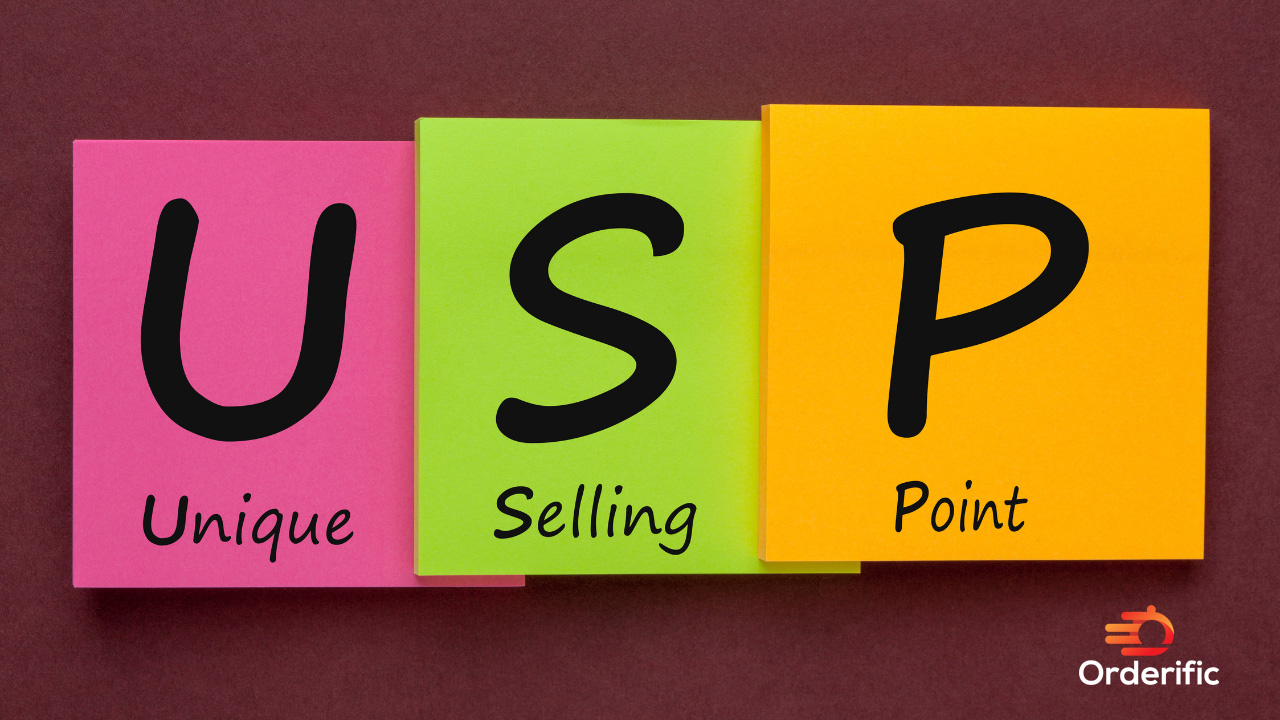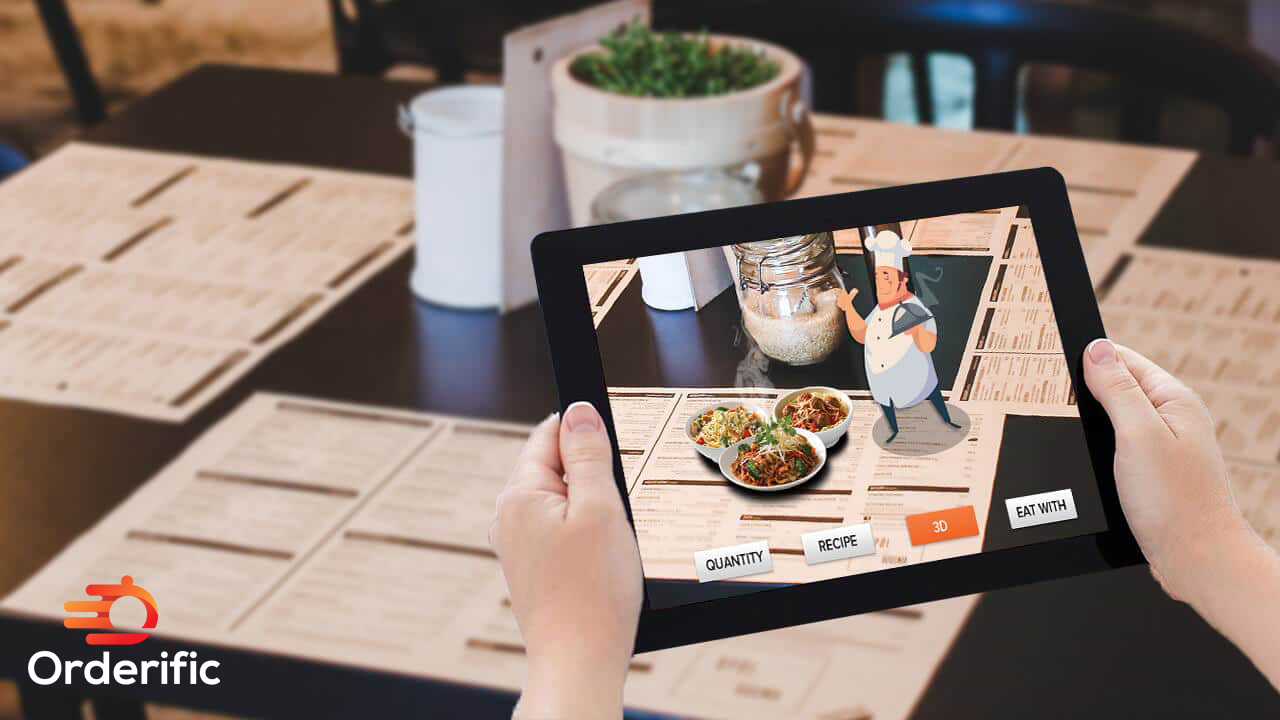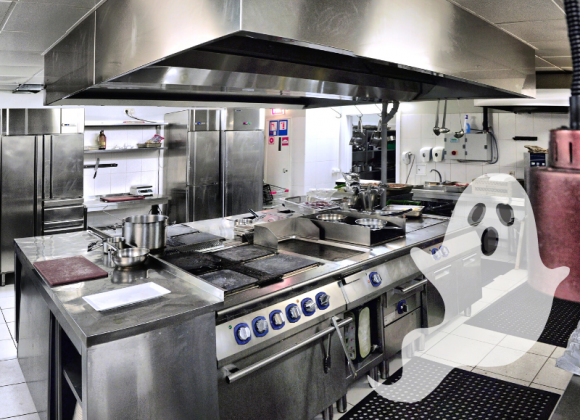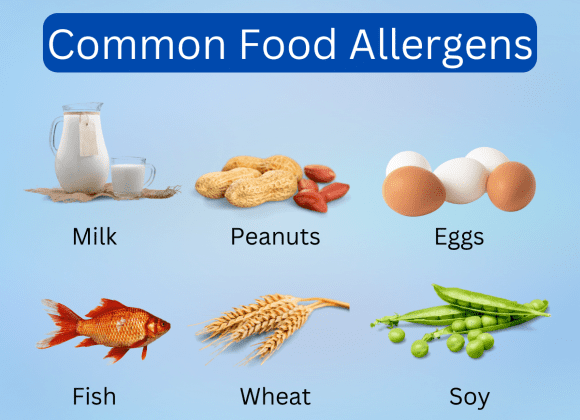When discussing the realm of employment, it is evident that the minimum wage attracts considerable focus and provokes passionate discussions. This critical subject holds consequences for employees, employers, and the broader economy. In this extensive guide, our goal is to thoroughly examine Minnesota’s minimum wage, its evolution throughout history, its effects on workers and businesses, recent revisions, and potential future adjustments.
Understanding Minnesota’s Minimum Wage Structure
Understanding Minnesota’s minimum wage structure is crucial for employers and employees in the dynamic landscape of labor laws. This structure serves as a blueprint for establishing minimum compensation and harbors various unique components.
When it comes to minimum wage Minnesota is similar to other states: it represents the absolute lowest hourly pay rate that employers are legally required to provide their workers.
As mandated by state regulations, ensuring a baseline level of compensation for all employees is imperative. For instance, in the Minnesota department, effective January 1, 2023, the hourly wage is $10.59, accounting for factors like employer size, employee age, or training level, leading to rate fluctuations.
Large Employers vs. Small Employers
In Minnesota, minimum wage rates vary depending on business size. A large employer with an annual gross revenue surpassing $500,000 must offer a minimum wage that exceeds what small employers, whose gross yearly income falls below $500,000, are required to provide. This differentiation aims to consider the varying capacities of businesses to manage the expenses linked to increased wage rates.
Youth and Training Wages
In acknowledgment of the significance of offering chances to aspiring individuals and fresh talent in the labor market, Minnesota has implemented a youth wage rate and a training wage rate. The youth wage rate applies to employees under 20 and engaged in their initial 90 consecutive days of employment. For young employees, specifically those under 20 and individuals under 18, the training wage rate comes into play during their initial 90 straight days of work. It’s important to note that these rates are lower than the standard state minimum wage.
Inflation Adjustment
Minnesota minimum wage law mandates an annual adjustment for inflation to ensure the minimum wage rate remains aligned with the cost of living. This adaptation is determined by the increase in the price level, as measured by the Implicit Price Deflator for Personal Consumption Expenditures (IPD-PCE). It’s crucial to remember that the minimum wage rates persist unchanged during economic downturns, ensuring they do not decrease.
These components make up Minnesota’s minimum wage structure. By differentiating between types of employers and workers and adjusting for inflation, this structure aims to balance the interests of employees and employers in the state’s diverse economy.
Historical Changes and Progression of Minimum Wage
The minimum wage has long been a fundamental aspect of labor laws in the United States. Its essential purpose is safeguarding workers against insufficient remuneration. Like several other states, Minnesota has witnessed various modifications and advancements in the minimum wage, mirroring the changes in economic, social, and political landscapes throughout history.
Milestones in Minnesota’s Minimum Wage History
The journey of Minnesota’s minimum wage starts back in the mid-1900s. Back in 1974, our state independently implemented a unique minimum wage policy. Hefty employers were mandated to provide a minimum hourly wage of $1.80 at that time. At the same time, their smaller counterparts were obliged to pay $1.62 per hour.
Over the years, Minnesota’s minimum wage experienced several gradual increases. In the late 1980s and mid-1990s, a series of notable hikes occurred. Still, it was in 2014 when a noteworthy change emerged with the Minnesota Fair Labor Standards Act amendment. This amendment increased the minimum wage and introduced automatic yearly boosts linked to inflation. These adjustments commenced in 2018. This historic change ensured the minimum wage’s real value wouldn’t decline.
Inflation and Cost of Living Adjustments
2018 Minnesota regularly adjusted its minimum wage rates to align with inflation. This vital adjustment guarantees that the purchasing power of the minimum wage adapts to the increasing cost of living.
Comparisons with Federal Minimum Wage
It is essential to mention that the minimum wage in Minnesota has sometimes aligned with the federal rate. Since 2009, the federal minimum wage has remained unchanged at $7.25 per hour. In contrast, Minnesota has taken a distinct approach, consistently updating its minimum wage, surpassing the federal standard.
By examining the historical shifts and advancements in Minnesota’s minimum wage, we gain a valuable understanding of the changing labor market and policy environment. This showcases the state’s dedication to fair compensation, fostering economic expansion, and adapting to evolving economic conditions.
Impact of Minimum Wage on Minnesota Workers
The workforce in Minnesota is greatly influenced by the minimum wage, which has far-reaching effects on income levels, quality of life, job satisfaction, and overall economic stability for countless workers. The various implications of minimum wage changes extend to workers from diverse backgrounds and industries.
Increased Earnings
Increasing the minimum wage leads to an immediate increase in earnings for those employed in low-wage jobs, substantially boosting households’ financial well-being. This allows individuals to fulfill essential needs like food, housing, and healthcare. Furthermore, elevated wages can reduce income inequality and assist in uplifting families from poverty’s grip.
Enhanced Job Satisfaction
When workers receive a higher wage in recognition of their efforts, job satisfaction and morale tend to increase. Feeling fairly compensated for their work can boost motivation and productivity, fostering a positive workplace environment and reducing employee turnover. This mutually advantageous situation benefits both employees and employers alike.
Economic Stimulus
As the income of individuals with lower earnings increases, it often boosts their purchasing power. This, in turn, has a positive impact on the local economy as it encourages the active participation of consumers. Potential results encompass enhanced business income, job prospects, and economic expansion.
Potential Challenges
Although the advantages are substantial, it is crucial to consider potential obstacles. Specific individuals in the workforce might encounter reduced working hours or even job loss if companies face difficulties accommodating increased wages. Nevertheless, the findings of various studies on this subject are inconclusive, as numerous investigations reveal minimal or no effect on employment levels resulting from the escalation of minimum wages.
Disparities in Impact
The impacts of adjustments to minimum wage can differ for various workforce segments. A notable example lies in the potential advantages that an increased minimum wage can bring to employees in lower-paying occupations, part-time workers, and individuals from disadvantaged backgrounds. Nonetheless, skeptics express reservations regarding the likelihood of employers being reluctant to hire younger or less experienced individuals just starting their careers.
In summary, despite the necessity of considering potential drawbacks, the rise in the minimum wage in Minnesota has generally been seen as a favorable step towards improving the welfare of many workers in the state.
Effect on Businesses: Challenges and Benefits
Balancing Labor Costs and Profitability
When the minimum wage goes up, businesses, especially those that heavily depend on low-wage workers, find a balance between higher labor expenses and sustaining profitability. Although the cost increase may appear daunting, many businesses discover that they can manage them through a mix of slight price adjustments, decreased employee turnover, improved productivity, and a surge in demand for their offerings due to a generally more prosperous consumer base.
Minor Business Concerns and Adaptations
Smaller enterprises often voice apprehensions regarding the rise in minimum wage due to their narrower profit margins than more giant corporations. Nevertheless, it is crucial to acknowledge that these businesses can also reap the advantages of increased wages, which stimulate the economy. Since their patrons are often residents, augmented wages imply that consumers will likely have more expendable income. Furthermore, numerous small enterprises adapt by reevaluating their operational strategies, enhancing efficiency, or discovering inventive means to enhance the value of their offerings and remain competitive in the marketplace.
Productivity and Employee Retention
Businesses can reap many benefits from higher minimum wages, including enhanced productivity and employee retention. When employees receive a salary that fulfills their basic requirements, they are less inclined to seek alternative employment, thus diminishing turnover and the consequential expenses of recruiting and training new staff members. Furthermore, providing workers with improved compensation makes them more likely to feel valued and motivated, leading to increased effort and ultimately driving productivity. This boost in performance not only offsets the elevated payroll expenses but also contributes to the company’s overall success.
Recent Updates and Proposed Changes
Discover the ever-evolving landscape of our economy, where the minimum wage experiences constant shifts. Join us in exploring the latest advancements in Minnesota’s minimum wage legislation and analyzing potential reforms that can shape the future of worker compensation in our state.
Conclusion
The minimum wage holds immense significance in influencing economic policies, having wide-ranging impacts on both workers and businesses and the communities they operate in. Striking a balanced and symbiotic relationship between providing fair remuneration to workers and ensuring the sustainable economic viability of employers is a complex challenge that requires careful consideration. In Minnesota, policymakers, business owners, and workers are collaboratively finding their way through this intricate balancing act to foster an inclusive and thriving economy.
In case you want more content like this, visit Orderific right now!
FAQs
What is the current minimum wage in Minnesota?
In Minnesota, larger employers must pay a minimum wage of $10.59 per hour. In contrast, smaller employers must adhere to a rate of $8.21 per hour.
Are there different minimum wage rates for different types of employers?
Absolutely! Minnesota sets distinct minimum wage rates for both large and small employers.
How often does the minimum wage in Minnesota change?
The minimum wage in Minnesota has the potential to undergo annual changes or be modified to account for inflation and the cost of living.
Are tipped employees entitled to the same minimum wage?
Tipped employees have a different minimum wage, the subminimum wage, which is lower than the regular minimum wage.
What are the special provisions for youth workers regarding minimum wage?
Minnesota has implemented a specialized wage rate for young individuals, guaranteeing a reduced minimum wage for employees under 20.
How does Minnesota’s minimum wage compare to the federal minimum wage?
Minnesota’s minimum wage exceeds the current federal requirement of $7.25 per hour.













